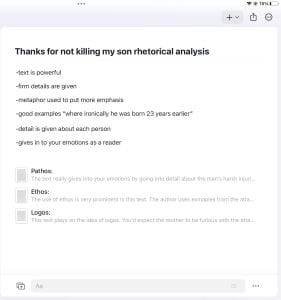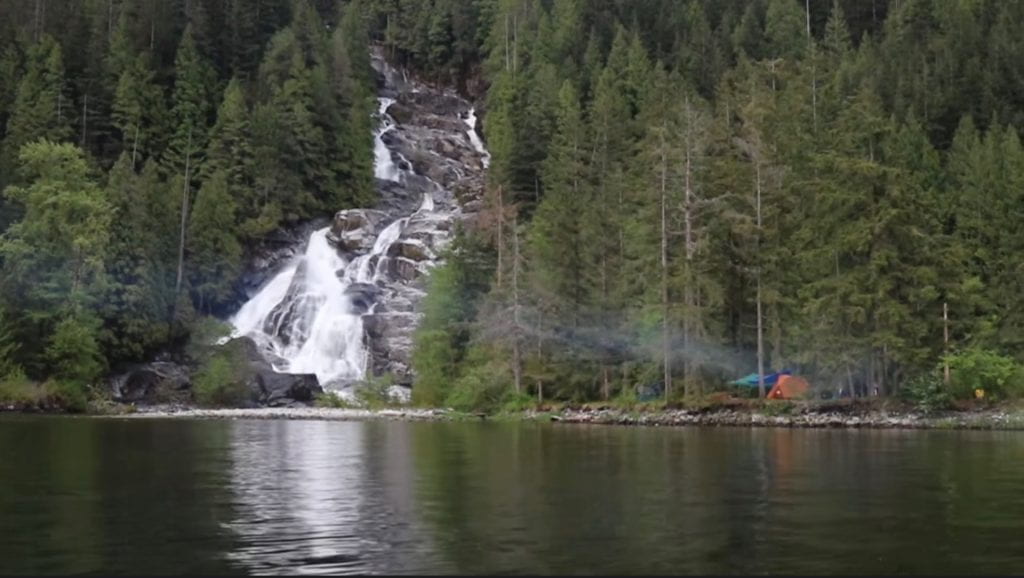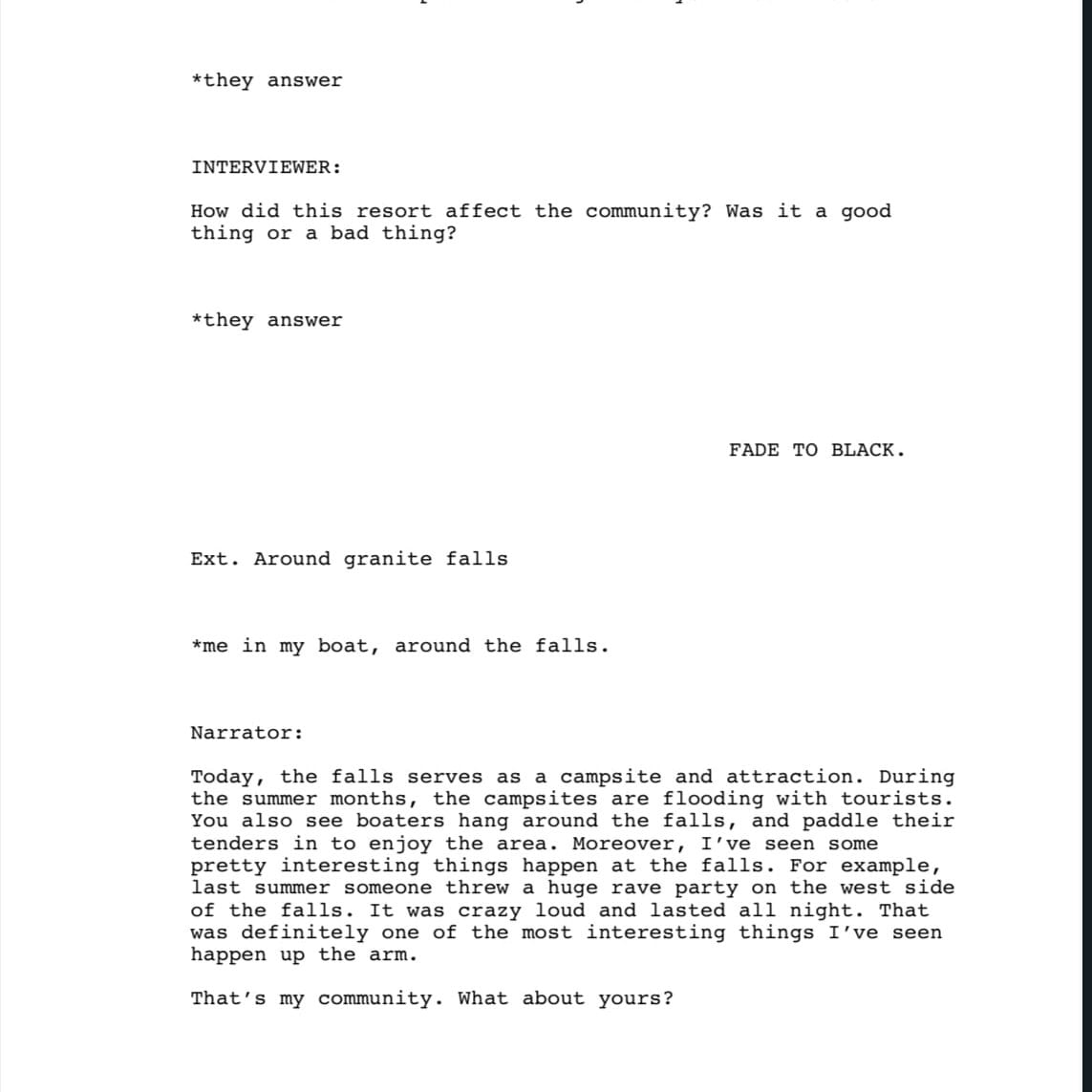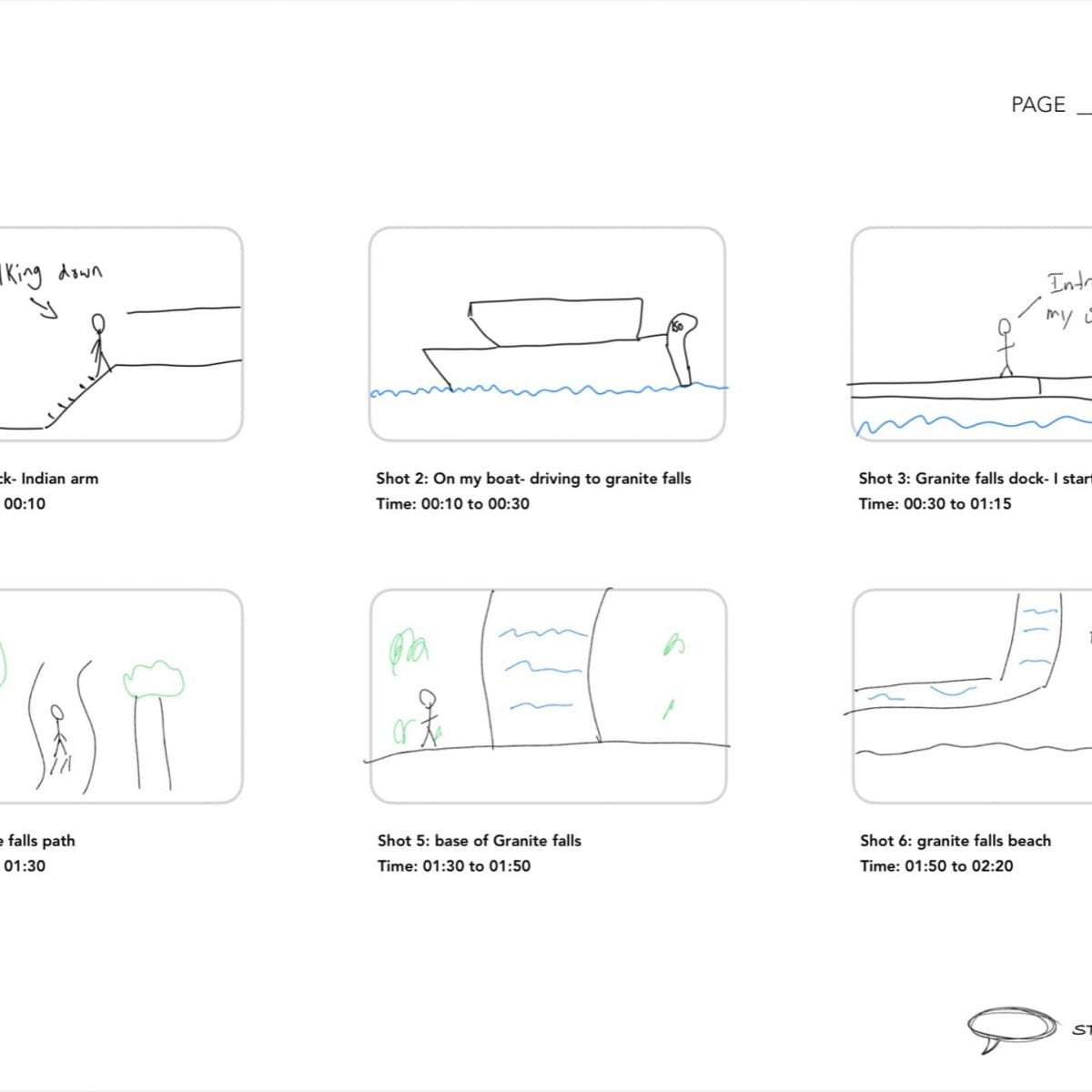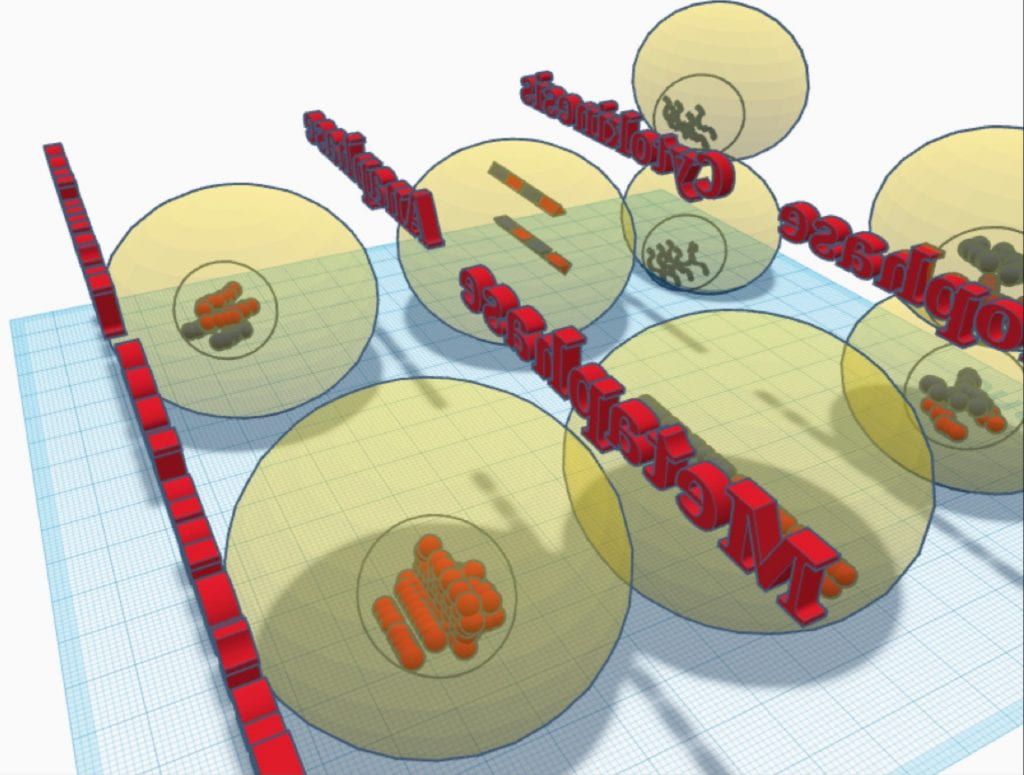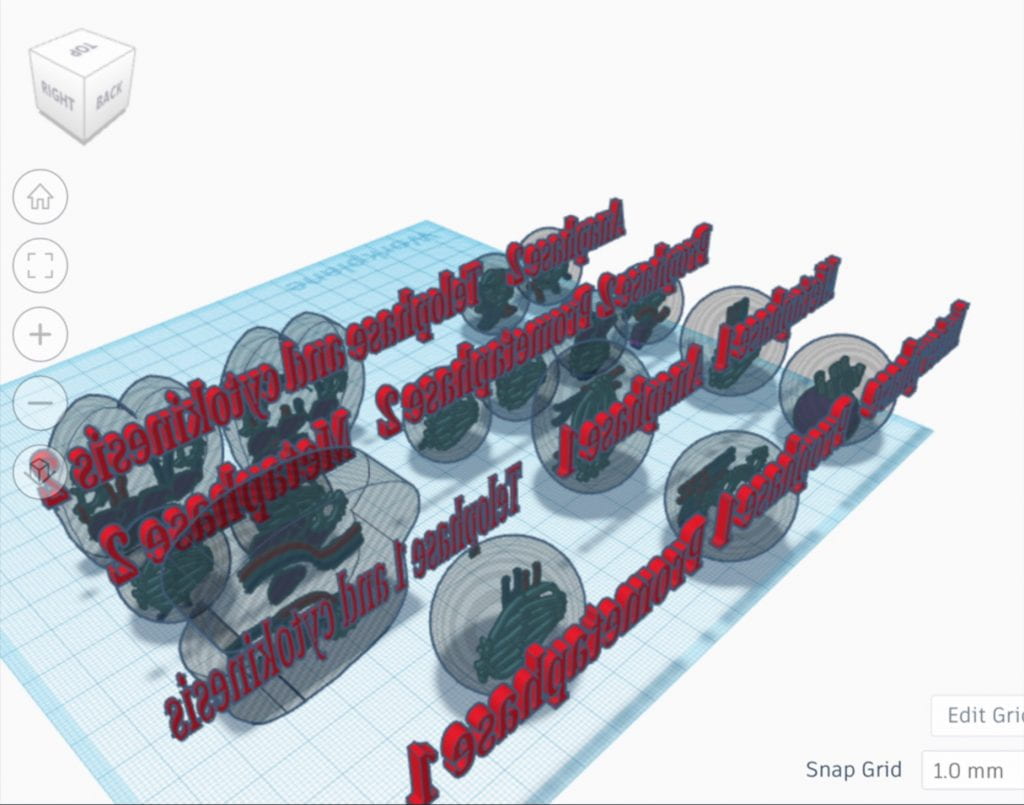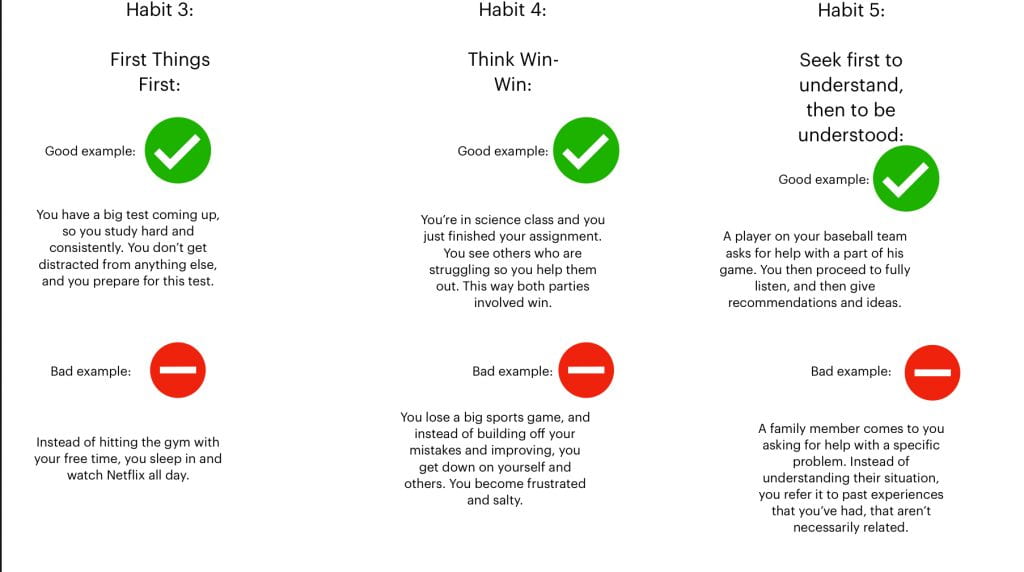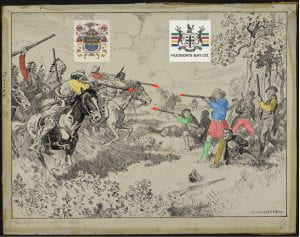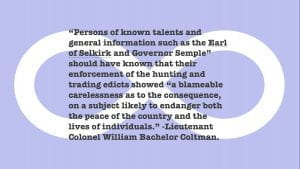Hello readers, and welcome to my first blog post of grade 10! This year so far has been a lot different, and I’m excited to write to you guys this year!
Our first project of the year was called “gold digger”, and was all about the gold rush in BC. Specifically, the Fraser River gold rush, and the Cariboo gold rush. We started our project by establish our need to knows. We did this while watching a documentary called “Gold fever”. This doc explained gold in BC, how it was discovered, and which groups were involved. We also wrote some preliminary notes, that gives us an initial understanding of the gold rush as a whole.
Our first assignment was to create a timeline that demonstrated the events that occurred, and what changed during the BC gold rushes. We created our timelines in “Canva”, an app that is really useful for graphic design. Here’s what our timeline looked like:
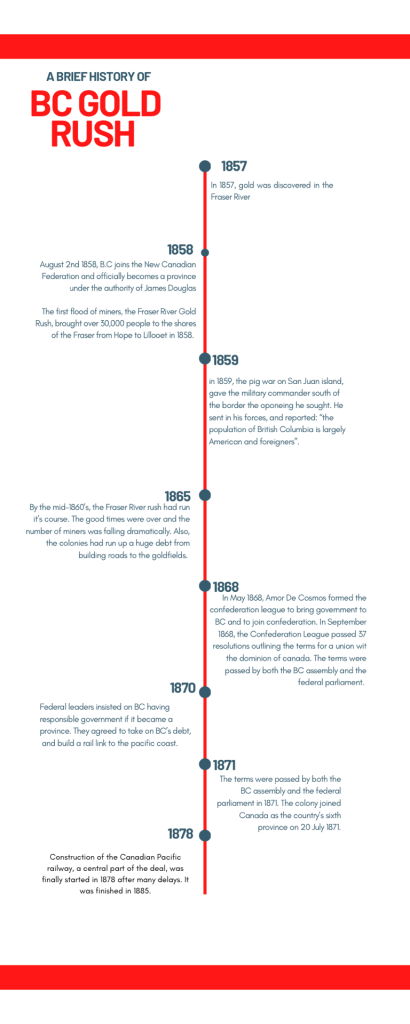
In this timeline, we discussed the events leading up to the Fraser and Cariboo gold rushes. We also discussed confederation, and how it was affected by the gold rush.
We then learned the difference between summarizing and paraphrasing. Summarizing meaning to condense source material, still in your own words. And paraphrasing meaning putting something into your own words int he same detail as a source. We further explored this by using “craft”, and app where you make notes instead of “taking” them.
We then began our first keystone of the project, which was a web of cause of consequences, something that we had done previously in PLP. The key question of this assignment was “How did the gold rush shape BC?” Along with filling out this sheet, we wrote a summarizing paragraph to accompany it. Here’s a photo of my completed worksheet:

The purpose of this assignment was to organize our thoughts, and understand the topic more thoroughly.
Our 2nd keystone of this project was creating our own “character cards, of the gold rush. We created them in pages, and these characters had to be fictional. To build ideas for our character, we “made” notes in craft. I was assigned “black Americans in the gold rush” as my topic. I found some good sources that explained their involvement, and I found sources that talked about significant people.
Here’s what the app craft looks like:

After completing our notes, we had to start on our character cards. These cards had to explain the character, key details, and it had to include two “artifacts”, that described the character.
Here’s what my card looked like:

I was proud of my work, and I thought I had described the character well. This character would be important for the final product…..
Then, we began our story outline. And, surprise, the final product is a story about our assigned group of people. So my story was about black Americans in the BC gold rush. Here’s what my outline looked like:

My story was sounding good, but I felt there was a few plot holes. I had never writen much, so all of this was new for me.
And now for the final story. All of our note-taking and note-making had been leading up to this. To shorten it down for you guys, my story was about a man from San Francisco named Tyrese Laquavion III. He wanted to strike riches, and to make that happen he endured several expeditions, created buiseness, (with the help of others). And in the end, it all came together.
Here’s a link to my full story:
Black Americans in the BC gold rush
As previously mentioned, I’m not much of a story teller, so this was a gruelling process for me. To get an idea of what to incorporate, I asked my sister, (who’s in PLP 12). She’s a much better author than me, so she set me on the right track. She taught me about detail, setting, and how to move from idea to idea in your writing.
After submitting our first draft, we did some in-class peer critique. I found this to be very helpful, as everyone was insightful, and clear. I got mostly positive feedback, except for some spelling mistakes and small mistakes. So, my revision was limited as a result.
In conclusion, I enjoyed this project, as we tried out new apps, and learned about story writing. It was also cool to learn about BC history, and what happened before confederation. New concepts were explored in this project, with “note-making” as opposed to note-taking. In all, this project was great, and a good start to PLP 10.
Thanks for reading!!






